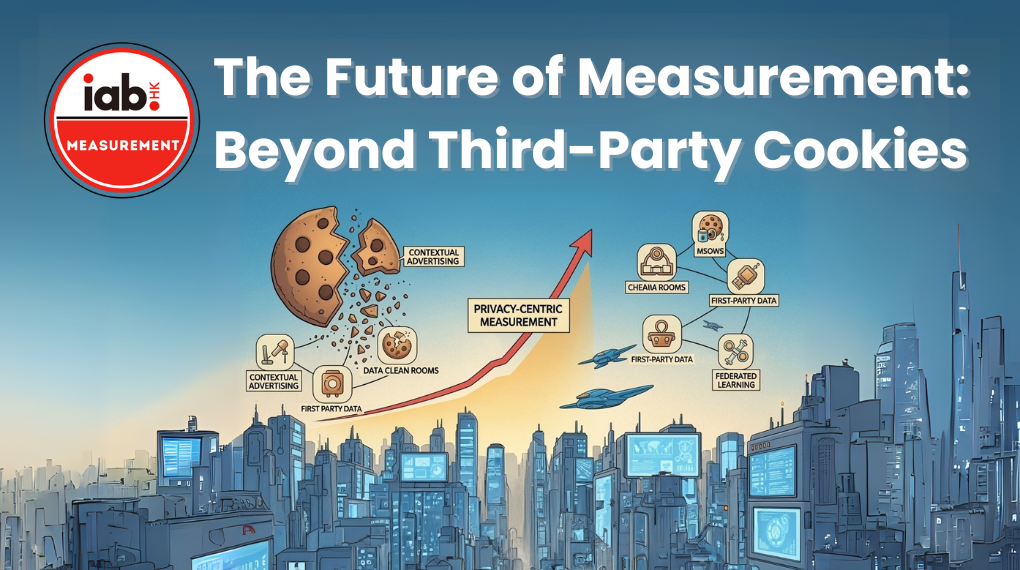The Future of Measurement: Beyond Third-Party Cookies
Chrome Scraps Cookie Prompt – What It Means for Advertisers
Google recently confirmed it will not move forward with plans to introduce a cookie consent prompt in Chrome. While some markets have strict regulations around cookie consent, this announcement highlights a wider shift: third-party cookies, once the backbone of digital ad targeting and measurement, are fast becoming obsolete. For advertisers in Hong Kong, where cookie consent banners are not mandatory by law, this development underscores the urgency to rethink measurement strategies before the inevitable phase-out.
Why Cookies Mattered for Ad Performance Measurement
For over two decades, third-party cookies provided a convenient way to link user behavior across sites, enabling advertisers to:
- Track conversions and assign credit to campaigns (attribution).
- Re-target users with relevant messages.
- Estimate reach and frequency across digital channels.
Industry data shows that more than 70% of digital ad targeting accuracy historically depended on cookies. Without them, marketers face gaps in user visibility and difficulty tying ad spend to business outcomes.
The Limits of Cookie-Based Targeting and Measurement
Even at their peak, third-party cookies were far from perfect.
- Accuracy: Studies suggest cookie-based audience segments typically deliver only 40–60% accuracy in reaching intended targets due to cookie syncing and match rate limitations.
- Measurement gaps: As many as 30% of browser users automatically reject third-party cookies, leading to inconsistent reach and partial campaign visibility.
- Device fragmentation: Cookies do not persist across devices, making cross-platform measurement unreliable.
In short, cookie-based measurement provided a useful—but flawed—foundation. As Chrome and other platforms move away, the industry must evolve.
Shifting to Customer Data and Next-Gen Solutions
The next wave of ad measurement and targeting innovation lies in authenticated data-based solutions. Platforms are rapidly introducing tools to help advertisers future-proof campaigns:
- Google Enhanced Conversions: Uses hashed first-party data (e.g., email, phone) to improve conversion measurement when cookies are missing.
- Facebook Conversion API: Allows advertisers to share hashed customer data directly from their servers to Facebook, enabling improved event tracking and attribution beyond browser limitations and ad blockers. This API helps close data gaps by matching offline and online actions with high accuracy, supporting better targeting and measurement even with restrictions on client-side cookies.
- The Trade Desk UID2.0: An open-source identity solution centered on encrypted email logins, designed as a privacy-safe replacement for cookies.
Across the ecosystem, more advertisers are investing in first-party data to fuel these innovations.
Why First-Party Data Infrastructure Is Critical
These new measurement approaches require strong first-party data systems, integrating:
- Web and app behavior
- CRM data (emails, loyalty, membership)
- Transaction records (online/offline)
Many brands now use Customer Data Platforms (CDPs) to unify this data into a single profile for better targeting and measurement. According to StraitsResearch, the global CDP market was valued at USD 2.54 billion in 2024 and is expected to grow rapidly to nearly USD 71.94 billion by 2033, at a CAGR of 28.23%.
CDPs help break down data silos, improve data quality, and enable advanced marketing solutions like Enhanced Conversions and Facebook Conversion API to deliver better campaign outcomes.
Roadblocks on the Path to First-Party Data Readiness
Despite the promise, many Hong Kong advertisers face structural challenges:
- Technical barriers: Limited data integration between web, app, and CRM systems.
- Platform silos: Difficulty connecting walled gardens like Google, Meta, and e-commerce platforms.
- Organizational silos: Marketing, IT, and data teams working separately with unclear responsibilities.
- Lack of top-down support: Without executive buy-in, infrastructure investments stall.
- Change management: Teams used to cookie-based workflows may resist new processes.
Solving these requires not just technology, but also leadership commitment and cross-team collaboration.
Looking Ahead: A Privacy-Evolving World
While Hong Kong brands are not bound by GDPR, global privacy expectations are reshaping digital marketing everywhere. Users increasingly value data security and transparency, and platforms are aligning with these expectations.
For advertisers, this is both a challenge and an opportunity. By acting now to build robust first-party data infrastructure, brands can:
- Continue measuring campaign effectiveness with precision, while understanding the inherent limitations and caveats of cookie-based measurement, including data gaps, inaccurate attribution, and reduced cross-device visibility.
- Unlock more accurate targeting through solutions like Enhanced Conversions, Facebook Conversion API, and UID2.0.
- Future-proof their marketing strategies in a cookie-less digital world by addressing technical and governance challenges head-on. This includes investing in scalable data infrastructures capable of processing high-volume, real-time customer data streams; implementing strong data governance frameworks to manage ownership, privacy, and compliance; and fostering cross-functional collaboration between marketing, IT, legal, and analytics teams.
Advertisers who lag behind in building these capabilities and unifying their first-party data will face significant competitive disadvantages. They risk losing accurate measurement, inefficient ad spend, and reduced customer relevance as rival brands harness advanced infrastructure and privacy-safe solutions to drive better outcomes.
The takeaway: Third-party cookies are fading, but smarter, data-driven measurement is within reach. Brands that invest early in first-party customer data and modern infrastructure will not only weather the changes but thrive in the new era of digital advertising.
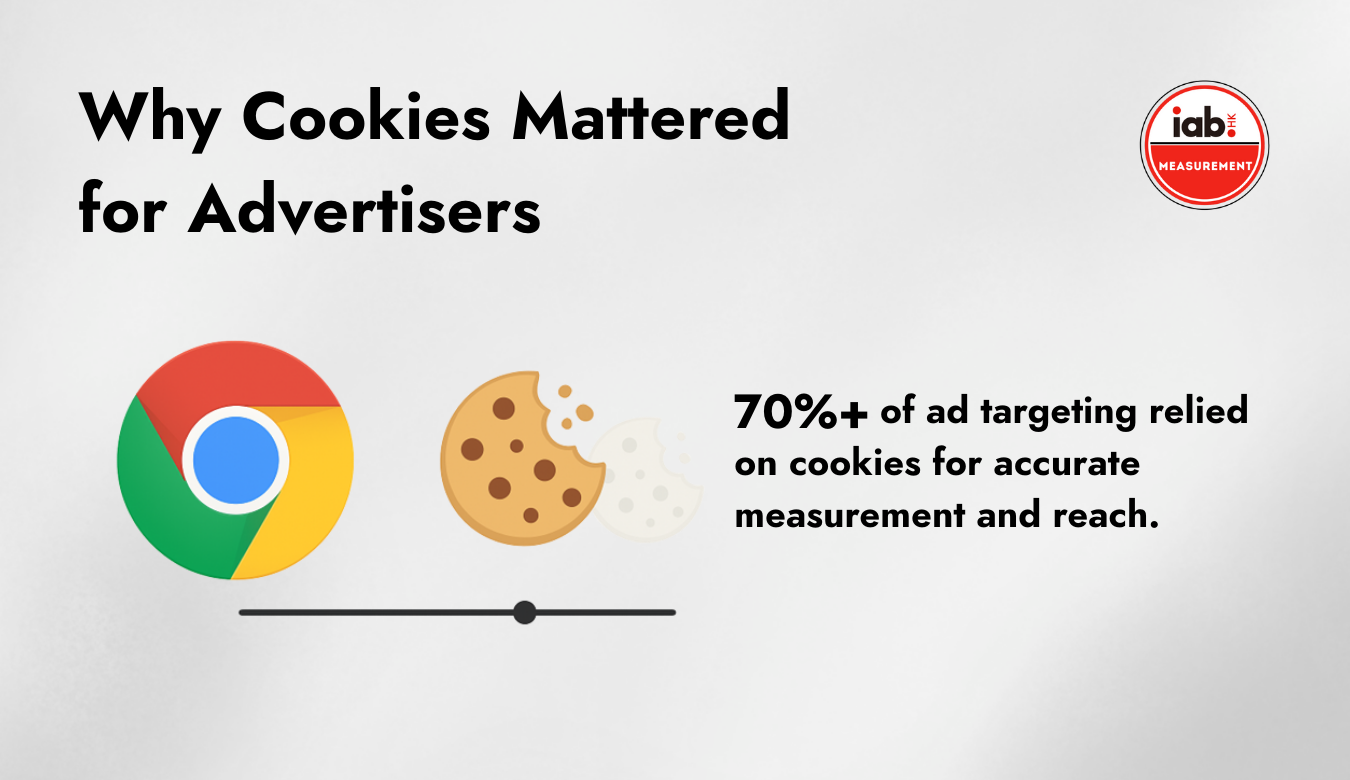
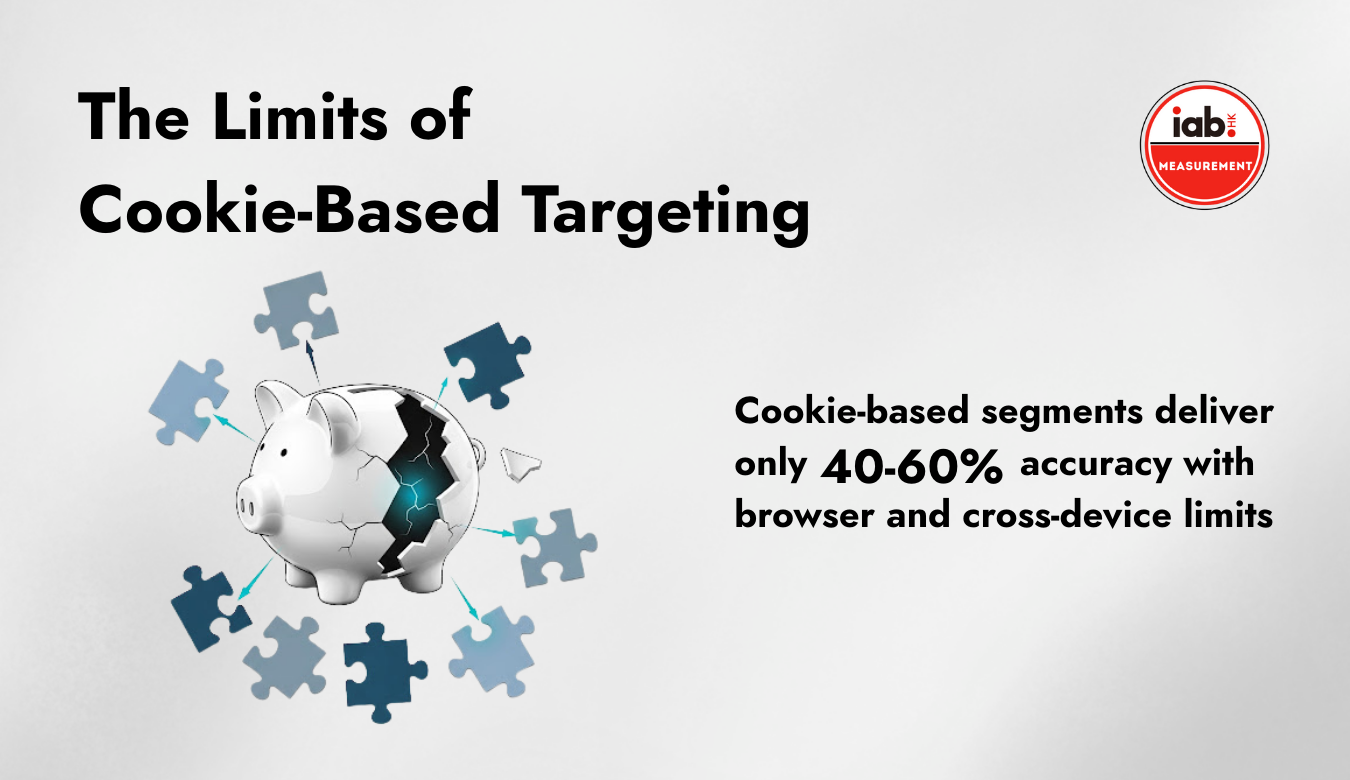
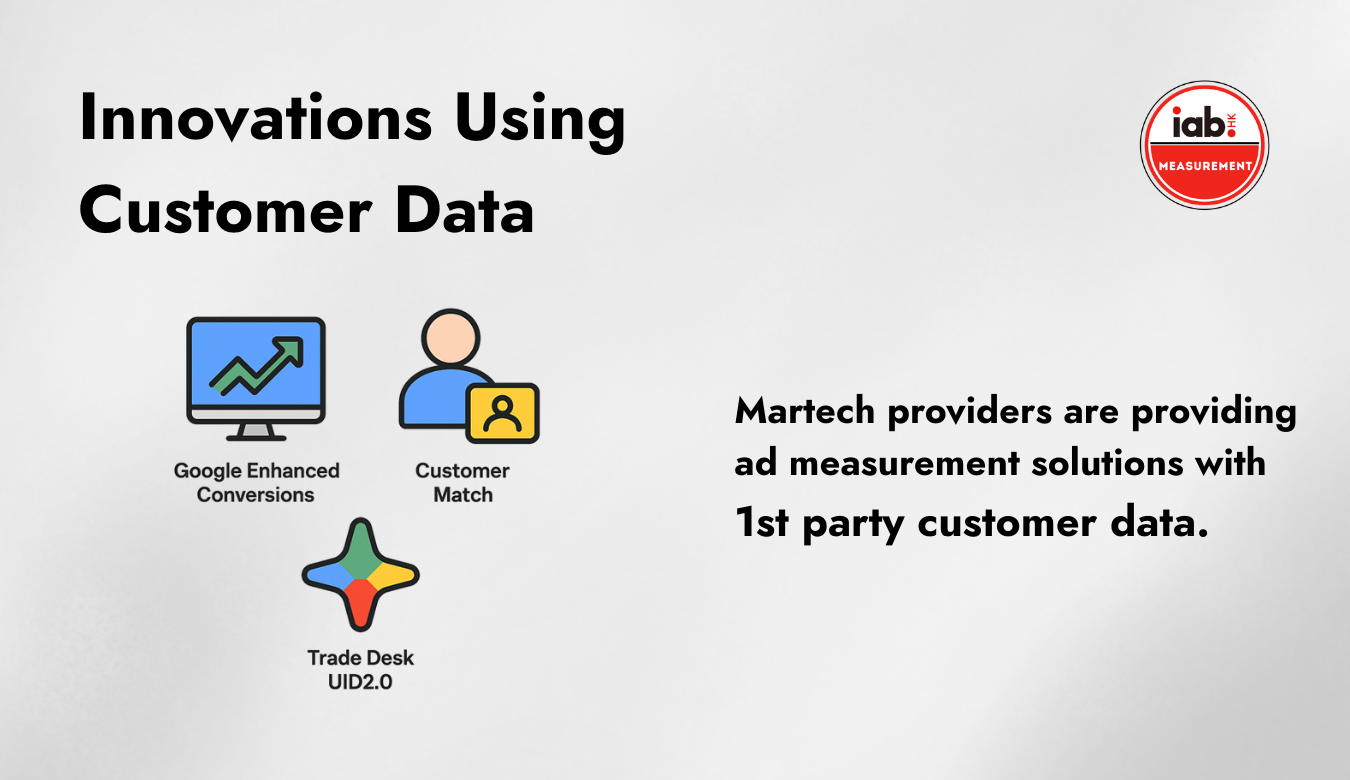
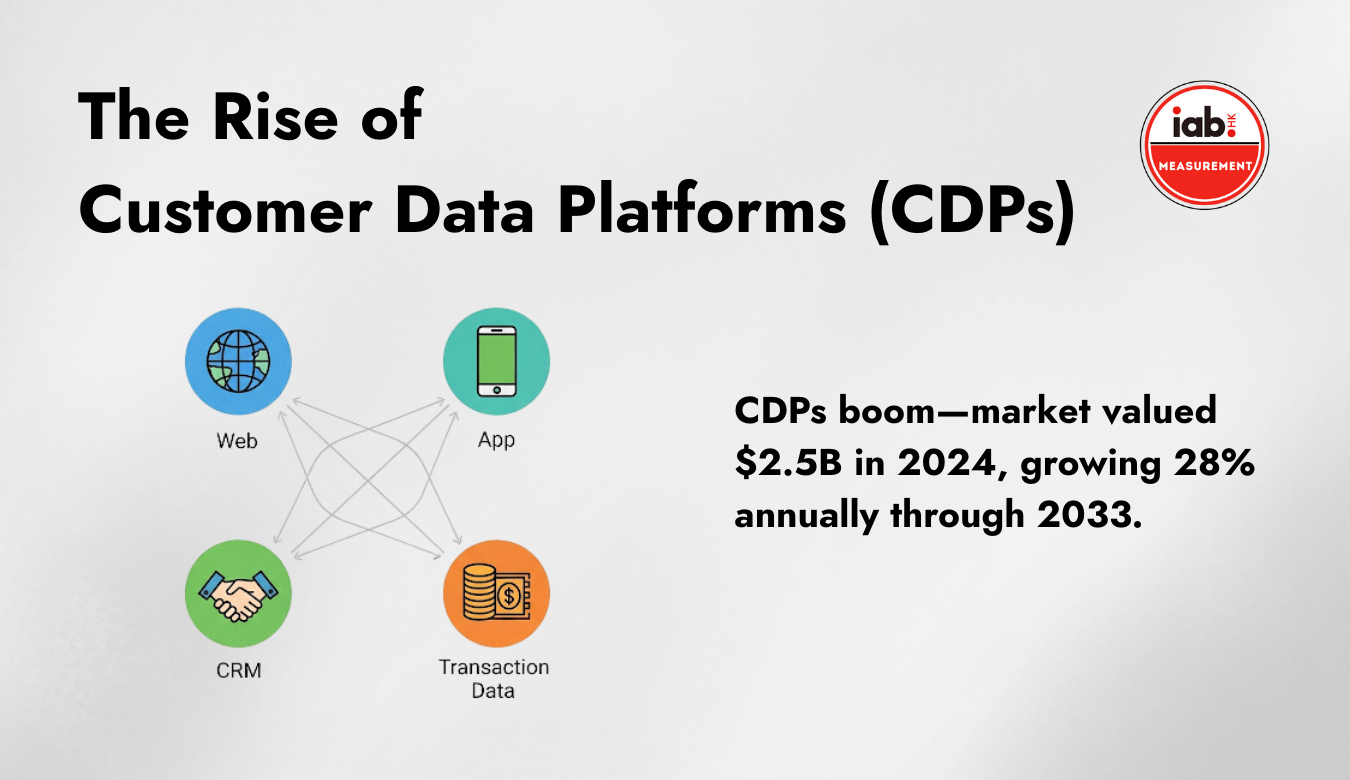
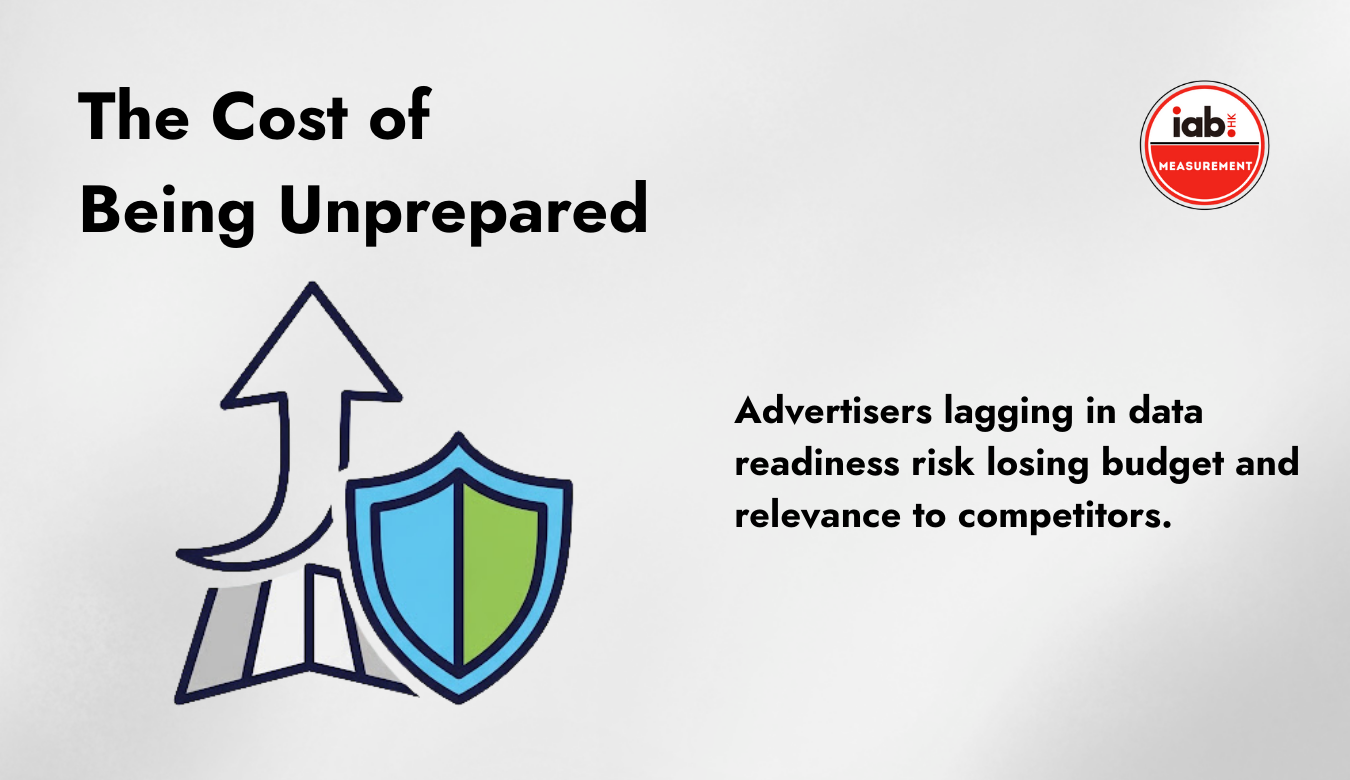
Author: |  |

